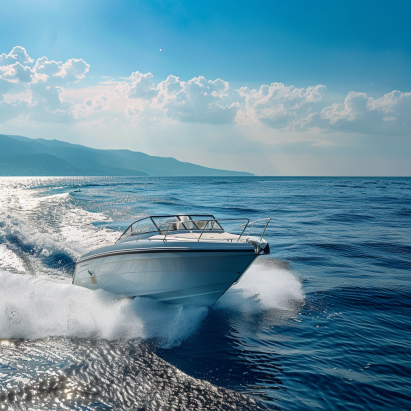The color of bottom paint plays a significant role in both the aesthetics of a boat and its performance in the water. While many boat owners choose bottom paint colors based on personal preference or to match their boat’s hull color, there are practical considerations to keep in mind as well.
Temperature Regulation: Dark colors, such as black or dark blue, absorb more heat from the sun than lighter colors. In warmer climates, this can lead to higher water temperatures around the hull, which may promote the growth of algae and other marine organisms. Lighter colors, like white or light blue, reflect more sunlight and can help keep the hull cooler, potentially reducing the growth of marine growth.
Growth Prevention: Some bottom paints are formulated with biocides or other additives to prevent the growth of marine organisms, such as barnacles, algae, and mollusks. The color of the paint can influence how effective these additives are. For example, copper-based paints are often green or blue-green in color, which can help deter marine growth.

Visibility: The color of the bottom paint can also affect the visibility of the boat in the water. Lighter colors may make the boat more visible, which can be important for safety, especially in crowded or high-traffic areas.
Aesthetics: Of course, the color of the bottom paint also affects the overall appearance of the boat. Many boat owners choose colors that complement their boat’s hull color or that they find visually appealing.
The color of bottom paint can have both practical and aesthetic implications for boat owners. It’s important to consider factors such as temperature regulation, growth prevention, visibility, and personal preference when selecting bottom paint colors.

